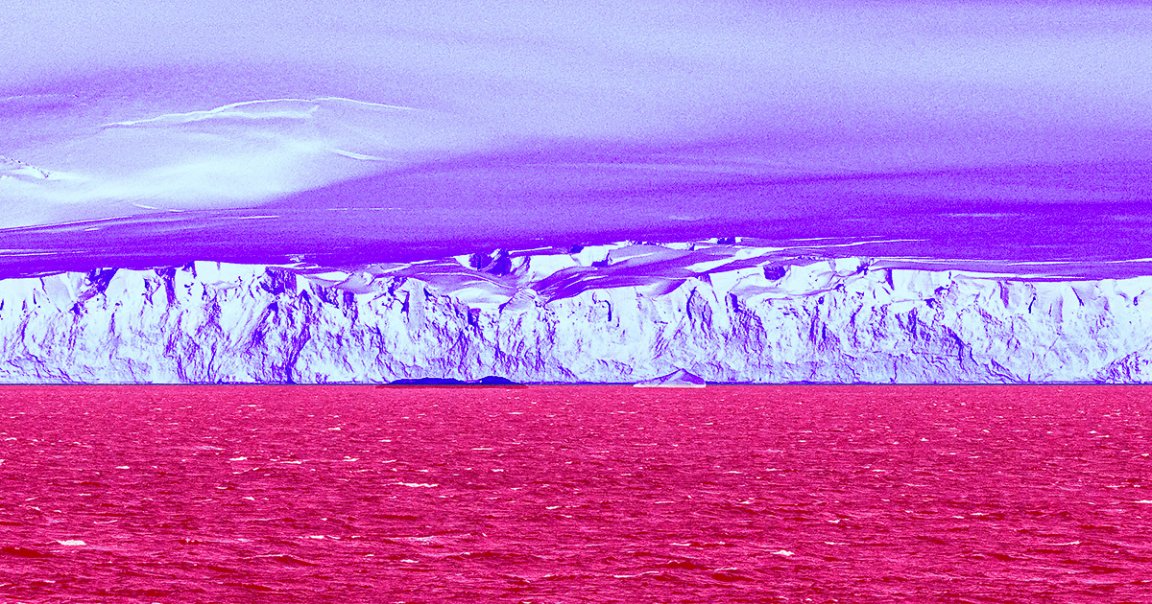
Chilling Truth
Things are heating up at the Thwaites glacier in Antarctica — popularly known as the “Doomsday Glacier” — which, not to put too fine a point on it, is a very worrying thing. Should it completely melt, scientists have long warned that it contains enough water to raise sea levels by more than two feet worldwide — hence its ominous nickname.
Now, new research indicates that warm ocean water is being forced miles underneath Thwaites, meaning it’s even more vulnerable to melting than once believed. The work, published in the journal Proceedings of the National Academy of Sciences, found that this intrusion of saltwater is causing “vigorous melting,” calling into question the assumption that the boundary where the glacier meets the seafloor was fixed.
“The water is able to penetrate beneath the ice over much longer distances than we thought,” study co-author Eric Rignot, a scientist with the University of California at Irvine and NASA’s Jet Propulsion Laboratory, told The Washington Post. “It’s kind of sending a shock wave down our spine to see that water moving kilometers.”
Point of Contact
At over 74,000 square miles in area, or about the size of Florida, Thwaites is the largest glacier in the world. But all that size doesn’t mean it’s impervious to a warming climate.
To study an object of such immensity, researchers turned to space-based imaging: satellites called ICEYE that are locked in orbit above the Earth’s polar caps. The extensive data the satellites gathered allowed the researchers to create a 3D view of all the tidal forces at play around and beneath the ice sheet.
A key area that this data illuminated is the glacier’s so-called grounding line, a region where the glacier’s ice is no longer in contact with the seafloor and is exposed to the ocean water — and above which is the ice shelf we see.
Shelf Life
Normally, the ice beneath the grounding line should be protected from ocean water. But the researchers found that as the high tides come in and lift Thwaites by a few centimeters, an influx of warm ocean water is forcing its way beneath the glacier, exposing vast amounts of ice that was once thought untouchable to warming.
Exacerbating all this is the sheer speed of the intruding seawater, according to Rignot, traveling almost four miles in a 12-hour cycle. In effect, it’s flushing out any freshwater that’s melted from the glacier with seawater, which with its high concentration of salt has a lower freezing point.
“This process of widespread, enormous seawater intrusion will increase the projections of sea level rise from Antarctica,” Rignot told CNN.
These findings have distressing implications for other glaciers in Antarctica, too. And so those desperate-sounding plans to insulate Thwaites glacier sound more appealing by the minute.
More on the climate: A Single Herd of Bison Can Help Capture CO2 From Over 40,000 Cars, Scientists Find